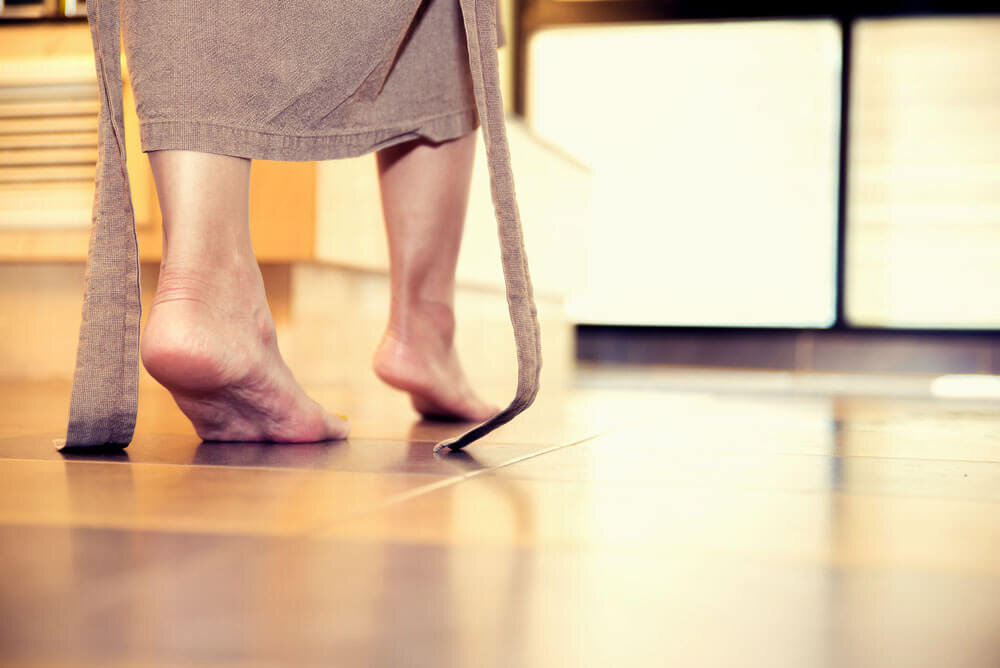If there is just one piece of information we wish people would know about flooring, it would be about the truly powerful impact moisture can have on floors. While this is something everyone needs to worry about, it is especially true for those who live in Nashville, thanks to the high humidity rate. It might seem like a losing battle, but with just a little more work, you can save your floors from damage, even in the bathroom.
Ways to Prevent Water Damage on Bathroom Floors
How to Naturally Lower the Moisture in Your Bathroom
Before we get into more specific methods for lessening the amount of moisture in the bathroom, let’s talk about the basics. If you are a cleanly person, there’s a pretty good chance you shower on daily or semi-daily basis. This is one of the main reasons bathroom floors tend to wear out quicker, relatively speaking, than something like residential carpet. If you let up on cleaning even for a bit, moisture can grab a crucial foothold.
What can you do? The easiest way is to make sure there is air circulating. Whether this is by opening a window or running a fan while you shower, just make sure the air is moving around. This will lessen the chance of hot air meeting a cool surface, which is how condensation forms. Another way is to run a dehumidifier, although this can be costly and should be reserved for extreme situations.
How to Keep Your Bathroom Floor Dry, No Matter What It’s Made Of
Even if your bathroom features vinyl plank flooring or hardwood flooring, it’s important to keep it dry as possible. This means putting down bathmats and changing them frequently, as well as avoiding hanging wet and damp towels where they can drip on the floor in the same spot repeatedly. One of the most important things you can do is to mop up any excess water that spills on the ground during the course of your bath or shower. Any kind of standing water is only going to lead to more moisture and mold problems. If you do have hardwood floors in your home, there is a special finish designed to make floors more water-resistant. Just ask us about it!
What to Do if You Need a New Floor in Your Bathroom
If you already have a mold problem in your bathroom, the best thing to do is simply replace it, straight up. With that in mind, the best flooring for bathrooms is probably the one you see the most: ceramic tiling. With ceramic tile flooring, there’s less of a risk of moisture making its way into the subfloor, which is where the mold can really set in and go to work. As long as it is installed correctly by a professional from Ozburn Hessey, there won’t be a problem. Combined with the steps from above, you won’t have anything to worry about.
Moisture is the number one killer of bathroom floors. Keep an eye out for any kind of water on the floor and lower the humidity in the bathroom by opening windows or turning on the fan. If it’s too late to save your floor, make sure to give Ozburn-Hessey a call! We’re always here to help.




